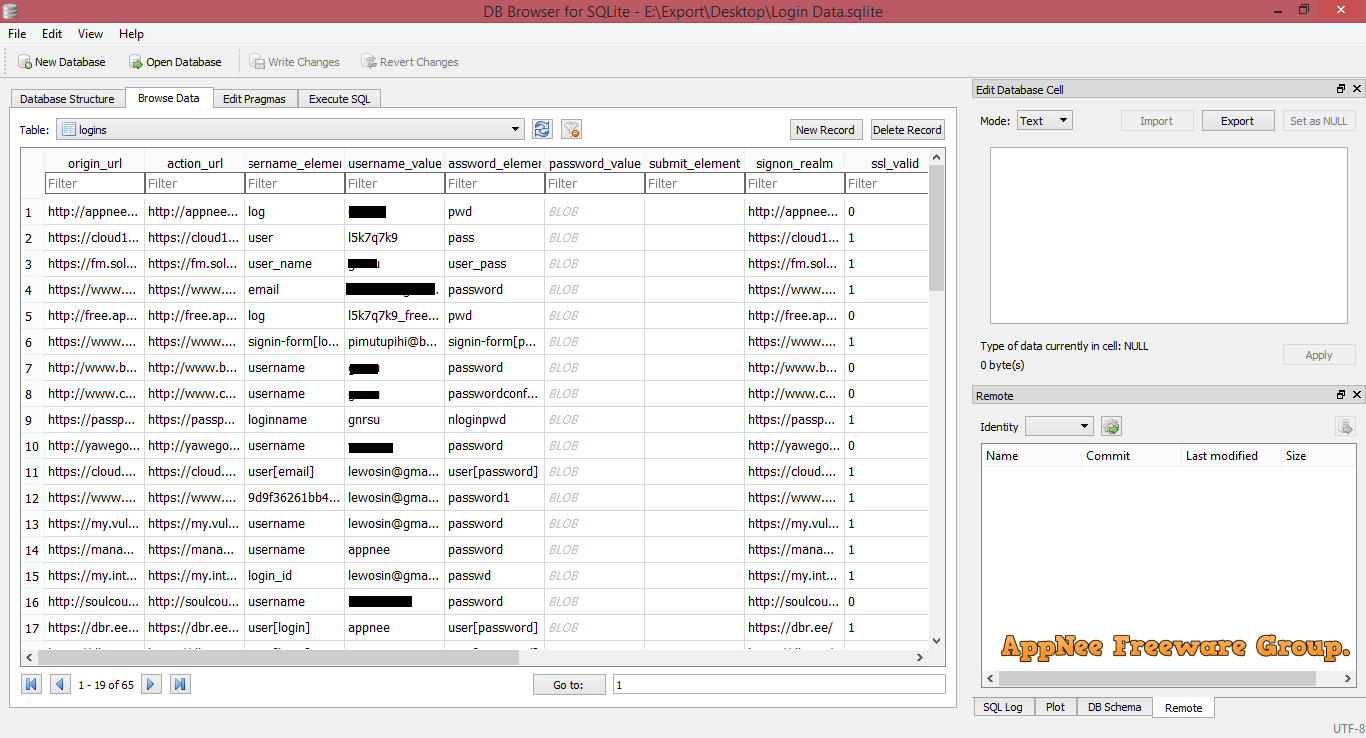
- DB BROWSER FOR SQLITE WRITE CHANGES HOW TO
- DB BROWSER FOR SQLITE WRITE CHANGES ANDROID
- DB BROWSER FOR SQLITE WRITE CHANGES VERIFICATION

Overall, this section will give you a greater understanding and appreciation for the new and improved Room Persistence Libraries.
DB BROWSER FOR SQLITE WRITE CHANGES HOW TO
However, if you have never seen an app that utilizes the SQLite APIs, this section will show you an example of how to use them in your apps. If you have written an app in the past that utilizes the SQLite APIs in Java, this chapter will show you how to use them with Kotlin, instead. Another is that you need to write a lot of boilerplate code to connect and transform SQL queries and data objects.
DB BROWSER FOR SQLITE WRITE CHANGES VERIFICATION
One disadvantage to using the SQLite APIs is that there is no compile-time verification of the raw SQL queries, and if the database structure changes, the affected queries have to be updated manually. Currently, it’s recommended to use the Room Persistence Library instead, which will provide an abstraction layer for accessing the data in your app’s SQLite databases.
DB BROWSER FOR SQLITE WRITE CHANGES ANDROID
The default database management system (DBMS) that Android uses is called SQLite. However, sometimes an app needs to store larger amounts of data in a more structured manner, which usually requires a database. Using Files and Shared Preferences are two excellent ways for an app to store small bits of data.

Reading to & Writing from Realtime Database Introduction to Firebase Realtime Database Using Room with Android Architecture Components

1.3 Viewing the files in Device File Explorer.1.1 Reading and writing files in Android.

Saving Data Using Android SDK & Jetpack DataStore Section 1: 5 chapters


 0 kommentar(er)
0 kommentar(er)
